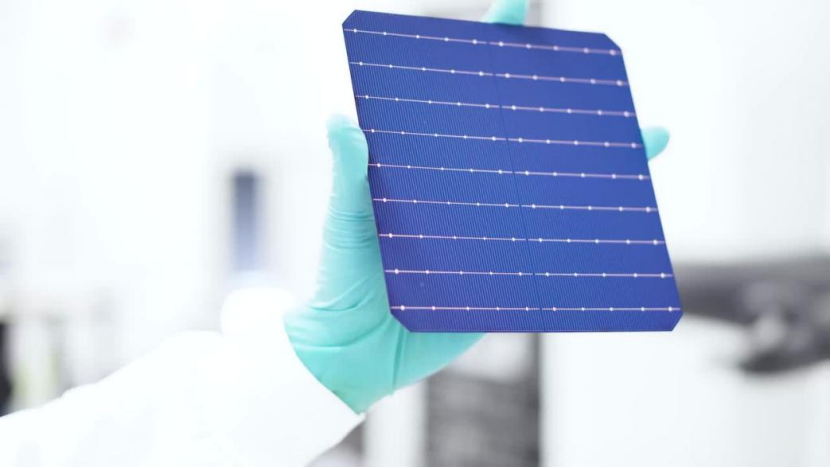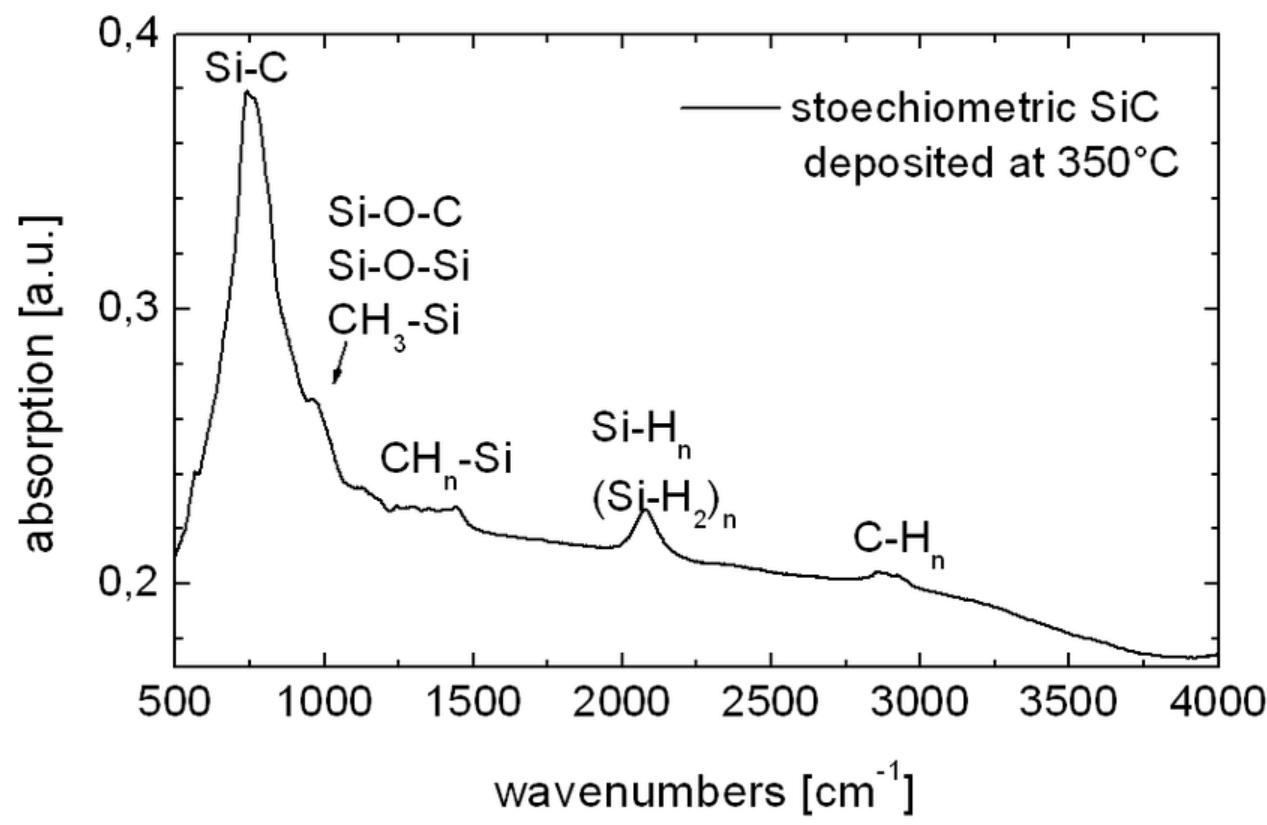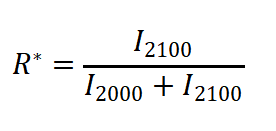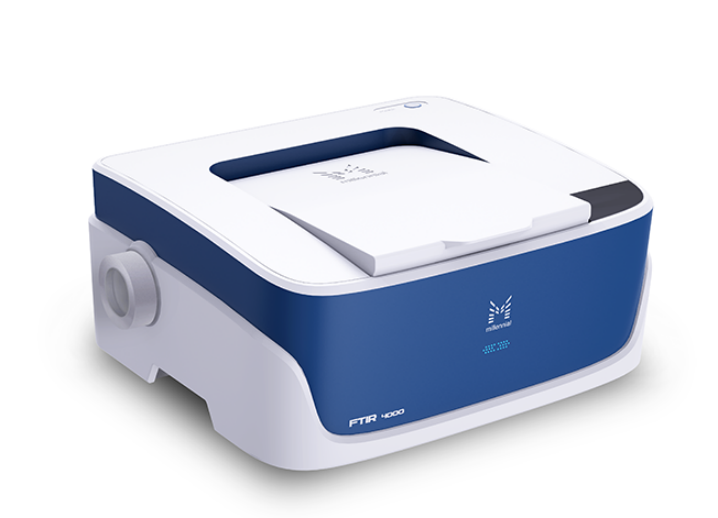
Quantum Efficiency Tester
PL/EL Integrated System
PV-Reflectumeter
3D Confocal Microscope
In-Line Four Point Probe Tester
Four Point Probe Tester
In-Line Thin Film Thickness Tester
Raman Spectrometer
FTIR Spectrometer
Spectrophotometer
Automatic Spectroscopic Ellipsometer
Contact Resistance Tester
Ultra depth of field 3D microscope
Auto Visual Tester
VMM PV Vision Measuring Machine
Solar Cell Horizontal Tensile Tester
Steady State Solar Simulator for Solar Cell
Solar Cell UV Aging Test Chamber
Solar Cell Comprehensive Tensile Tester
Visual Inspection Tester
Wet Leakage Current Tester
PV Module EL Tester
PV Module UV Preconditioning Chamber
Steady State Solar Simulator for PV Module
Current Continuous Monitor
Potential Induced Degradation Test
Bypass Diode Tester
LeTID Test System
Reverse Current Overload Tester
Impulse Voltage Tester
Hipot Insulation Tester
Ground Continuity Tester
Hipot Insulation Ground Tester
Damp Heat Test Chamber
Humidity Freeze Test
Thermal Cycle Test Chamber
Dynamic Mechanical Load Tester
Static Mechanical Load Tester
Hail Impact Tester
Robustness of Termination Tester
Module Breakage Tester
Cut Susceptibility Tester
Peel Shear Strength Tester
Universal Testing Machine (Single-arm)
Universal Testing Machine (Double-arm)
Glass Transmittance Tester
Acetic Acid Test Chamber
EVA Degree of Crosslinking Test System
Junction Box Comprehensive Tester
Drop ball tester
Semi-automatic scanning four-probe tester
Stylus Profilometer
Maximum Power Point Tracker
Perovskite Glass Transmittance Tester
Perovskite P1 Laser Scribing Multifunctional Testing Machine
Perovskite Online PL Tester
Perovskite Online Sheet Resistance Tester
Online Perovskite Film Thickness Tester
Perovskite Process Inspection Workstation
Portable IV Curve Tester
Portable EL Tester
Portable Thermal Imaging Tester
Solar Module Multi-Channel Testing System
PV Inverter Power Quality Tester
Drone EL Tester
IV Tester
IVEL Cell Sorting Machine
Infrared Absorption Spectrum of Amorphous Silicon Thin Films in Heterojunction Cells
Date : 2023-11-15Views : 130
As a new type of solar cell, heterojunction cells have many theoretical and practical advantages, which make them shine in the solar cell market. As a key material in heterojunction cells, amorphous silicon thin films can ensure the photoelectric conversion rate of solar cells and are an important component of heterojunction cells. The FTIR Spectrometer owned by Millennial Solar can measure the frequency, intensity and line shape of infrared absorption of materials to obtain information on the local structure of the material.

![]()
What is amorphous silicon film?
Amorphous silicon is a form of elemental silicon. Brown-black or gray-black microcrystals do not have a complete diamond unit cell and are not of high purity. The melting point, density and hardness are all significantly lower than crystalline silicon. Compared with crystalline silicon, amorphous silicon thin film materials have more complex and changeable electrical properties. In addition, amorphous silicon thin film materials have higher absorption coefficients and stronger photoelectric conversion capabilities. This makes it have high application value and advantages in solar cells.
![]()
Infrared absorption spectrum of amorphous silicon thin films
The FTIR Spectrometer developed by Millennial Solar can study the configuration and distribution of Si-H bonds in amorphous silicon films, and measure the R structure factor and H content desired by customers. This is used to judge the passivation effect of the amorphous silicon film. The infrared absorption peak of the amorphous silicon film in the range of 1900~2200cm-1 corresponds to the stretching modes of Si-H (n = 1~2). The infrared spectrum in this wave number range can be fitted by Gaussian decomposition, two fitting peaks were obtained, among which the peak located around 2000cm-1 was attributed to Si-H bond, and the peak around 2100cm-1 was attributed to Si-H2 bond and (Si-H2)n species.

I2000 and I2100 are the integrated absorption intensities of the infrared absorption peaks with peak positions around 2000cm-1 and 2100cm-1 respectively. The H atoms in the amorphous silicon film are mainly expressed according to the size of R*. The smaller the R*, it means that the H atoms in the amorphous silicon film mainly exist in the form of Si-H bonds.
The larger R* is, it means that more H atoms in the amorphous silicon film exist in the form of Si-H2 bonds or(Si-H2)n species. Such an amorphous silicon film has a loose structure and contains more holes and defects, and the network structure is also poor.

![]()
Reasons to ensure excellent passivation
For the intrinsic amorphous silicon layer in amorphous silicon heterojunction solar cells, the amorphous silicon film needs to have a high content of Si-H bonds, a low content of Si-H2 bonds and a dense film structure to have a good passivation performance. This results in a highly efficient amorphous silicon heterojunction solar cell. And because the hydrogen content of amorphous silicon is higher than that of microcrystalline silicon and nanocrystalline silicon, this is one of the reasons why its passivation effect is good.
![]()
FTIR Spectrometer

E-mail: market@millennialsolar.cn
FTIR Spectrometer uses the working principle of interference frequency modulation of an interferometer to convert the light emitted by the light source into interference light through the Michelson interferometer, and then irradiates the interference light to the sample. The receiver receives the interference light with sample information, and then the computer software processes it. Fourier transform can be used to obtain the spectrum of the sample.
FTIR Spectrometer has a high-performance electronic system that can quickly and accurately perform qualitative and quantitative analysis, and can also measure various types of samples. The content of a certain element in the sample can be quickly calculated, the data can be generated in real time, and the authenticity and reliability of the data can be guaranteed.
The performance of a solar cell is often directly determined by the thin film attached to its surface, which indirectly highlights the importance of the thin film. As a thin film member, amorphous silicon film has naturally become a key hub for solar cell performance. In order to characterize the passivation status of the amorphous silicon film, it must be judged by FTIR Spectrometer. FTIR Spectrometer owned by Millennial Solar can easily analyze the specific conditions of the amorphous silicon film and provide theoretical and theoretical knowledge through various advantages. Practical supplement to facilitate users to operate or use!

































































